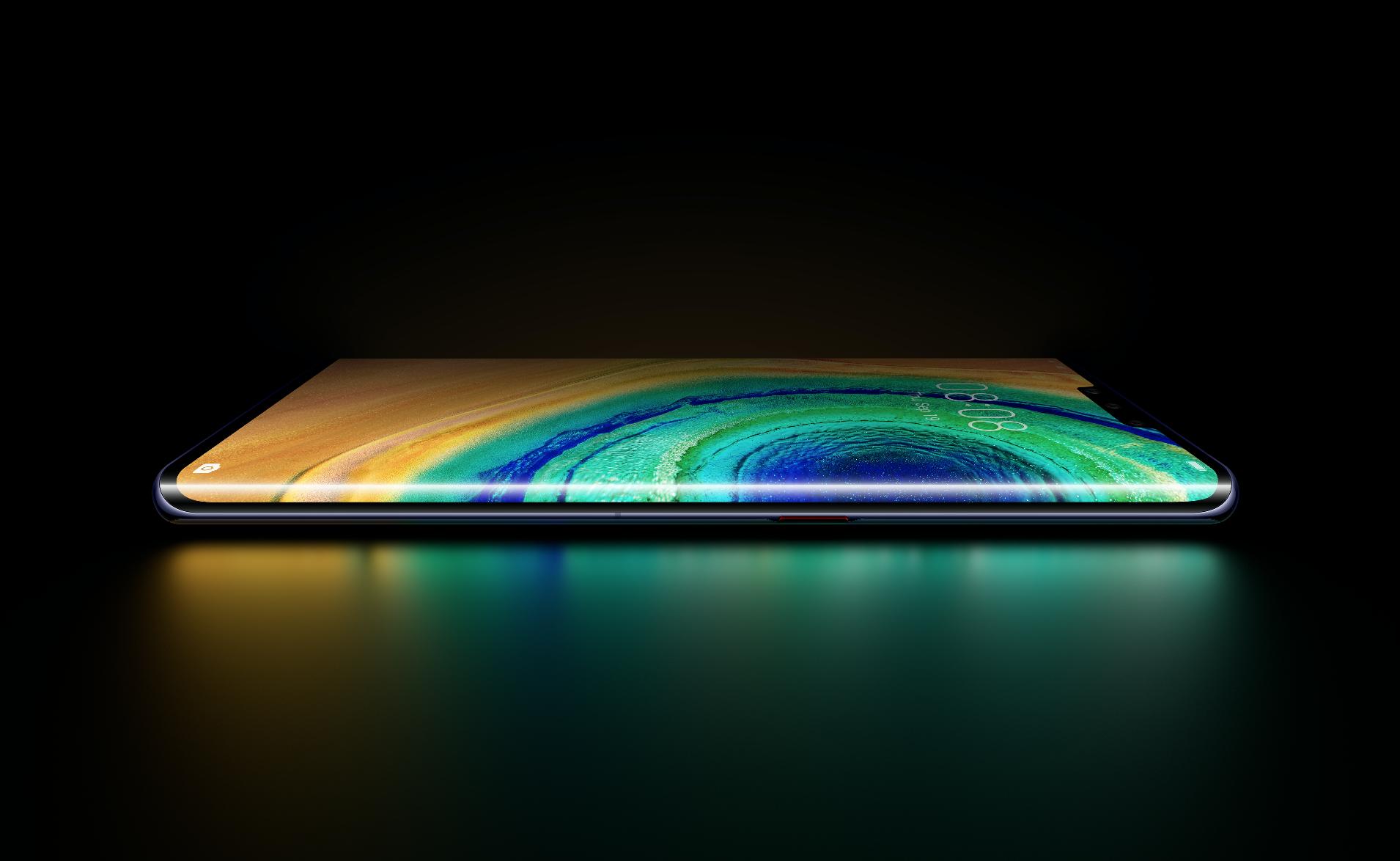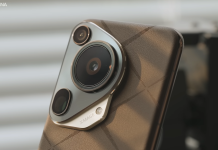In a couple of days, Chinese tech giant Huawei will be launching its next-generation Mate series premium flagship smartphones. Ahead of the launch, the company is teasing some of the features of the devices.
Huawei has shared a new video teaser on Weibo in which two players are playing table tennis on the side edge of the tablet. This is probably hinting at the side controls on the Mate 30 Pro, thanks to the waterfall screen design.
As for the specifications, the Huawei Mate M30 Pro is expected to come powered by the company’s own Kirin 990 chipset and an AMOLED display with 90Hz refresh rate display. Reports indicate that the phone will come powered by a 4,500mAh battery with 40W fast charging support and 27W SuperWireless charging support.
On the back of the phone will be two 40 MP camera sensors, an 8 MP telephoto lens, and a 3D ToF sensor. The smartphone is also expected to come packed with 8GB and 12GB RAM along with up to 512GB onboard storage.
It will come with IP68 ratings for water and dust resistance. The smartphone is also expected to come powered by EMUI 10 custom user interface based on the latest Android 10 operating system.

Recently leaked renders of the Mate 30 Pro showcased the waterfall screen that has its edges curved from the sides, similar to what we’ve seen on Samsung‘s smartphones. Further, the render shows the smartphone having a wide rectangular notch on top of the display for housing the front-facing snapper.
On the back side, it features a circular camera module in the top-middle position, which is being referred by many as “Oreo” design. There are four camera sensors inside the housing while the LED flash is placed in the top-left corner, outside the housing.
Huawei’s Mate 30 series smartphones are all set to get unveiled at an event in Munich, Germany on September 19. Along with the Mate 30 and Mate 30 Pro, the company is also set to launch the Mate 30 RS Porsche Design as well.
(Source)






